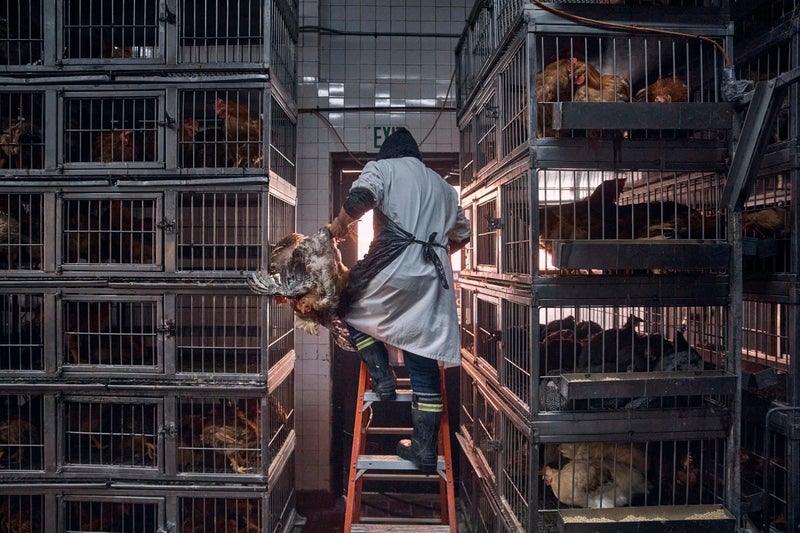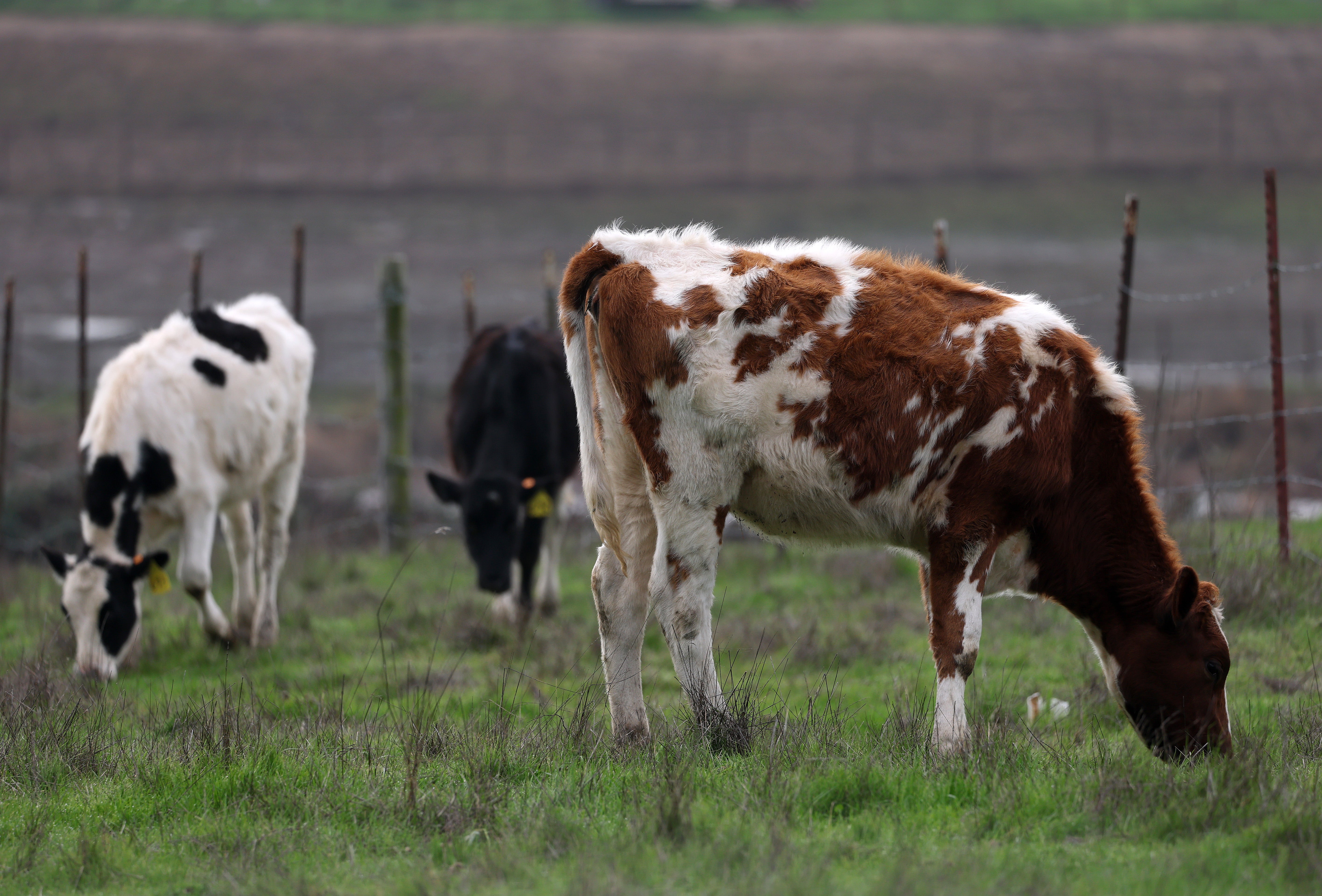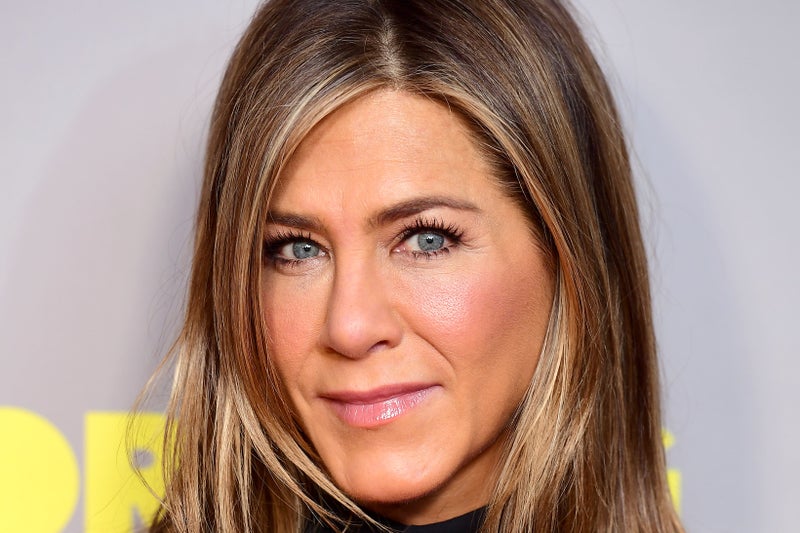The virus has infected millions of the nation’s poultry and hundreds of dairy herds. The 28 states represent nearly 65 percent of the nation’s milk production. But, not all states have joined in the effort. Some notable states aren’t testing for the virus in their livestock even as the virus spreads and impacts the health of animals and humans - and continues to cause price spikes at the grocery store.
![[Countless livestock has been infected and some states slaughter infected heard to slow spread - that has caused a rise in grocery prices.]](https://static.independent.co.uk/2025/02/12/18/50/AP25037010109520.jpeg)
“It’s not a big deal, if you measure by how many herds are affected,” Sid Miller said. He dismissed testing as “just more regulation, more cost, more oversight. It’s not necessary,” stressing that vaccine development should be a focus. Deploying a vaccine for dairy cattle that is matched to the current strain is believed to be more feasible and likely to be successful in stopping infections. Current bird flu vaccines do not meet the criteria for an ideal vaccine candidate for poultry, but agriculture officials said last year that it is “prudent to again pursue a stockpile that matches current outbreak strains.”.
Rising egg prices are tied to bird flu because so many egg-producing birds exposed to H5N1 have had to be slaughtered. When the virus is found on a farm, the entire flock is killed to limit the spread of the disease. The shortage has forced stores to limit purchases from New York City to Washington state. As of right now, infections show no signs of slowing, and even thieves have started to target organic eggs.



.jpeg?auto=webp&width=800)


















